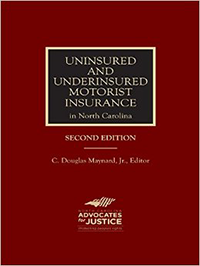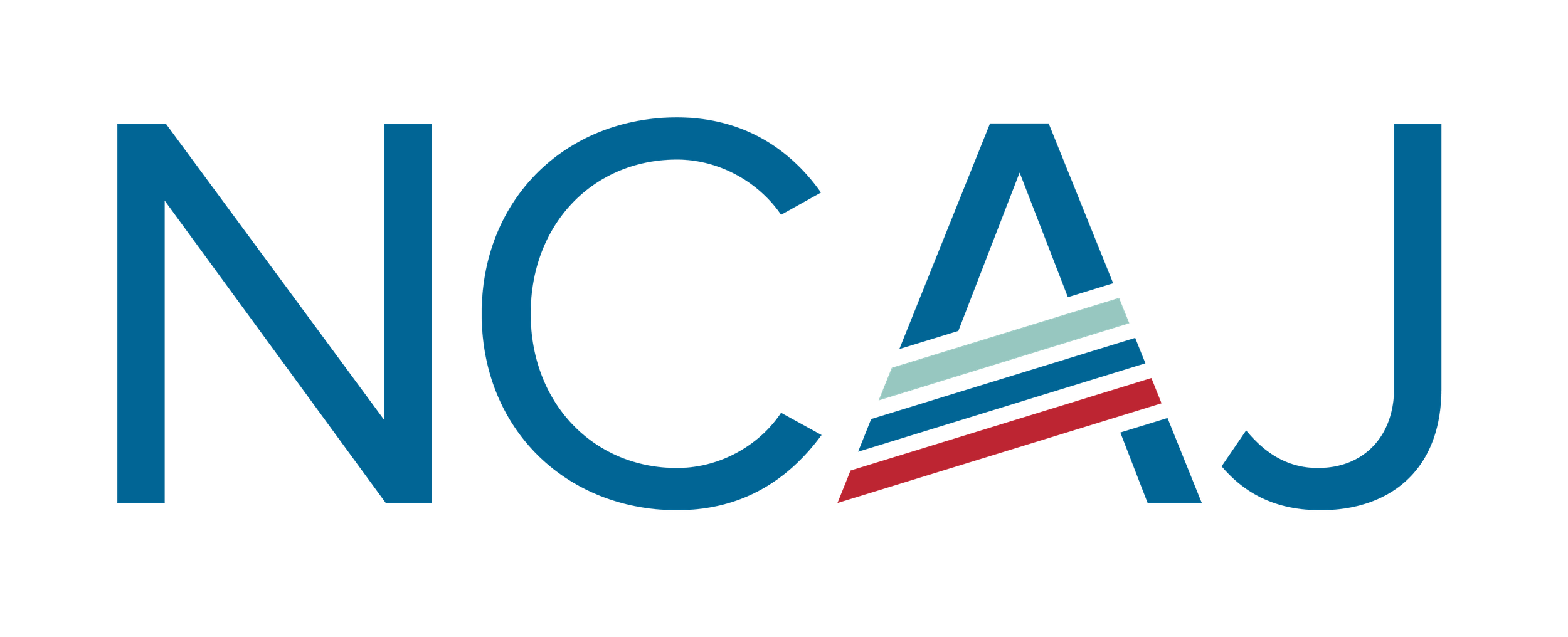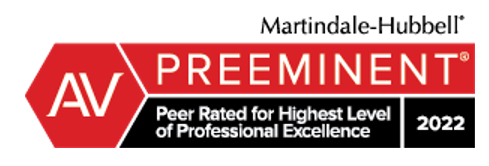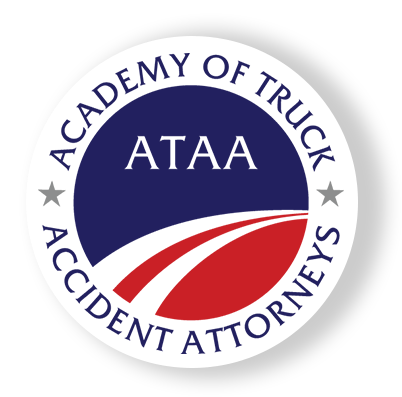Filled with boxes and codes, these reports can seem overwhelming at first glance. And while getting in a car accident can be stressful enough, understanding the police report shouldn't be.
How to Read Police Report Codes
Despite being a two-page report, there's a lot of important information in the North Carolina Crash Report Form (DMV-349). You'll find the location of the accident, information about the drivers involved, a diagram of what might have happened leading up to the accident.
Important NC Police Report Codes
While the form states that "determinations of 'fault' are the responsibility of the insurers or of the state's courts," the investigating police officer will indicate who they think is at fault. There are vital pieces of information located on the right side of page one of the report in boxes 14-19, indicated with a number.
- Boxes 14-16 are Driver 1 contributing circumstances.
- Boxes 17-19 are Driver 2 contributing circumstances.
Here is where the officer puts a number, which corresponds to things like:
- Disregarded a stop sign
- Exceeded the authorized speed limit
- Inattention
- Distracted driving
- Alcohol use
- No contributing circumstances indicated
Get Your Police Report Decoder
To decode the numbers in boxes 14-19, you need a police report decoder for your state. Here's a copy of the police report decoder and a car accident report sample for North Carolina. You'll be able to use this document to understand the "contributing circumstances," as well as the other pieces of information you'll find in your accident report.
We hope you find this information helpful. If you've been injured in a car crash, consider consulting an attorney before settling with your insurance agency. You are entitled to compensation if someone else is responsible for your auto accident or if you have permanent, serious injuries.








